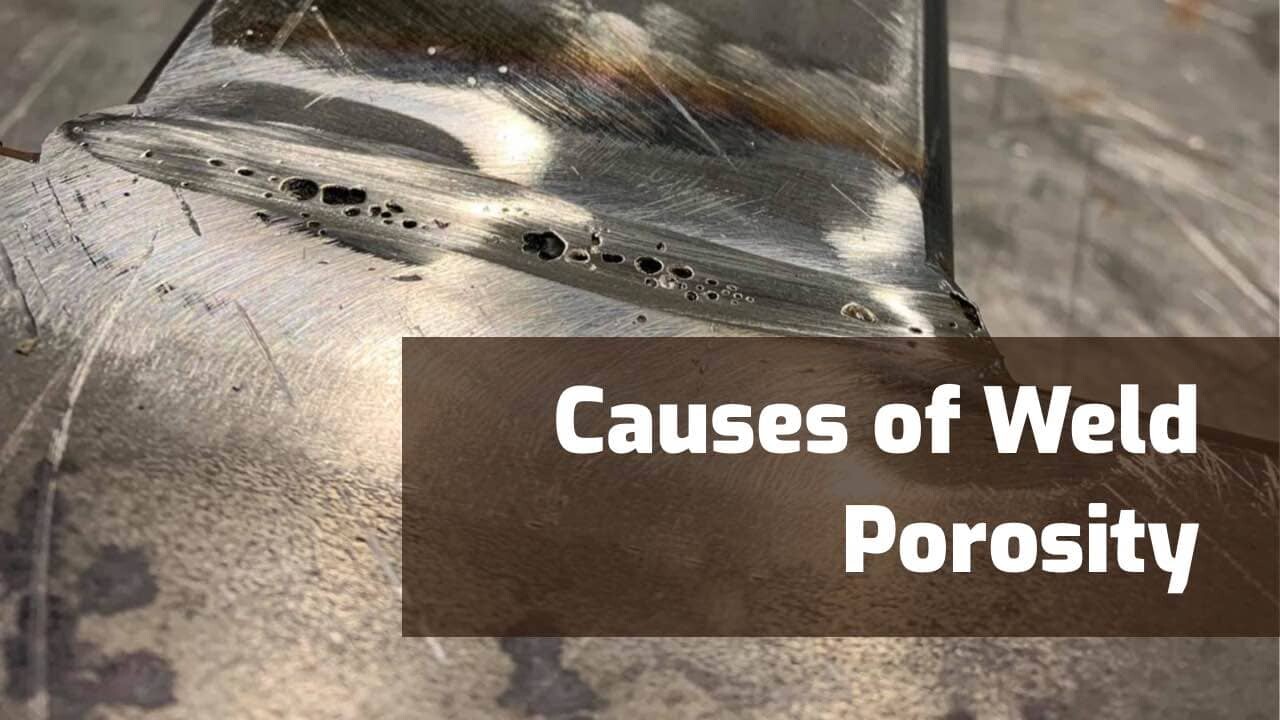What is Porosity in Welding: Understanding Its Reasons and Enhancing Your Abilities
What is Porosity in Welding: Understanding Its Reasons and Enhancing Your Abilities
Blog Article
The Scientific Research Behind Porosity: A Comprehensive Overview for Welders and Fabricators
Understanding the intricate devices behind porosity in welding is essential for welders and makers making every effort for impeccable workmanship. From the make-up of the base products to the intricacies of the welding process itself, a plethora of variables conspire to either exacerbate or alleviate the visibility of porosity.
Understanding Porosity in Welding
FIRST SENTENCE:
Evaluation of porosity in welding discloses critical insights right into the honesty and high quality of the weld joint. Porosity, characterized by the visibility of cavities or gaps within the weld steel, is an usual issue in welding procedures. These spaces, otherwise correctly resolved, can compromise the structural honesty and mechanical residential or commercial properties of the weld, resulting in potential failings in the completed product.

To discover and quantify porosity, non-destructive screening approaches such as ultrasonic testing or X-ray examination are usually used. These strategies permit the recognition of internal issues without compromising the stability of the weld. By examining the dimension, shape, and circulation of porosity within a weld, welders can make informed choices to enhance their welding procedures and achieve sounder weld joints.

Aspects Affecting Porosity Development
The incident of porosity in welding is influenced by a myriad of variables, ranging from gas protecting performance to the complexities of welding criterion setups. One essential variable adding to porosity formation is insufficient gas securing. When the securing gas, usually argon or CO2, is not effectively covering the weld swimming pool, atmospheric gases like oxygen and nitrogen can infect the liquified metal, causing porosity. In addition, the cleanliness of the base materials plays a considerable function. Impurities such as corrosion, oil, or wetness can evaporate during welding, developing gas pockets within the weld. Welding criteria, consisting of voltage, present, take a trip speed, and electrode type, additionally impact porosity formation. Utilizing improper setups can produce too much spatter or warm input, which subsequently can cause porosity. The welding technique used, such as gas metal arc welding (GMAW) or shielded steel arc welding (SMAW), can influence porosity development due to variations in warm circulation and gas insurance coverage. Recognizing and regulating these elements are important for reducing porosity in welding operations.
Results of Porosity on Weld Quality
Porosity development dramatically jeopardizes the structural honesty and mechanical buildings of bonded joints. When porosity is present in a weld, it produces gaps or tooth cavities within the material, lowering the general toughness of the joint. These spaces act as anxiety focus factors, making the weld more prone to splitting and failure under tons. The existence of porosity additionally damages the weld's resistance to rust, as the caught air or gases within the spaces can respond with the surrounding setting, bring about deterioration gradually. In addition, porosity can impede the weld's capability to withstand stress or influence, more jeopardizing the overall top quality and integrity of the welded framework. In important applications such as aerospace, vehicle, or structural constructions, where safety and resilience are vital, the harmful results of porosity on weld high quality can have extreme effects, stressing the relevance of minimizing porosity via appropriate welding methods and treatments.
Strategies to Reduce Porosity
In addition, using the appropriate welding criteria, such as the appropriate voltage, existing, and travel rate, is vital in avoiding porosity. Keeping a constant arc size and angle throughout welding additionally aids lower the probability of porosity.

In addition, choosing the best protecting gas and preserving proper gas circulation rates are essential in lessening porosity. Making use of look at this web-site the proper welding technique, such as back-stepping or utilizing a weaving motion, can also help distribute heat uniformly and reduce the opportunities of porosity development. Guaranteeing correct air flow in the welding setting to eliminate any kind of prospective sources of contamination is crucial for achieving porosity-free welds. By executing these techniques, welders can properly reduce porosity and create top quality welded joints.

Advanced Solutions for Porosity Control
Carrying out cutting-edge modern technologies and innovative approaches plays an essential duty in accomplishing superior control over porosity in welding procedures. One advanced remedy is the usage of advanced gas combinations. Shielding gases like helium or a combination of argon and hydrogen can aid reduce porosity by giving far better arc stability and improved visit site gas protection. Additionally, employing advanced welding techniques such as pulsed MIG welding or modified ambience welding can additionally help mitigate porosity issues.
Another innovative option entails the usage of innovative welding equipment. Using devices with built-in features like waveform control and sophisticated power resources can enhance weld high quality and decrease porosity threats. The execution of automated welding systems with precise control over criteria can dramatically minimize porosity defects.
In addition, integrating advanced monitoring and assessment innovations such as real-time X-ray imaging or automated ultrasonic screening can assist in spotting porosity early in the welding procedure, permitting for instant restorative actions. On the whole, integrating these innovative remedies can greatly boost porosity control and enhance the total high quality of welded parts.
Final Thought
In final thought, understanding the scientific research behind porosity in welding is important for welders and producers to produce top quality welds - What is Porosity. Advanced try these out services for porosity control can further improve the welding procedure and make sure a strong and dependable weld.
Report this page